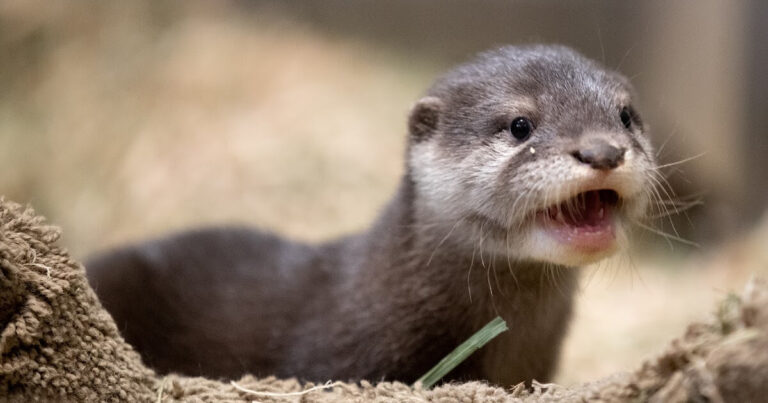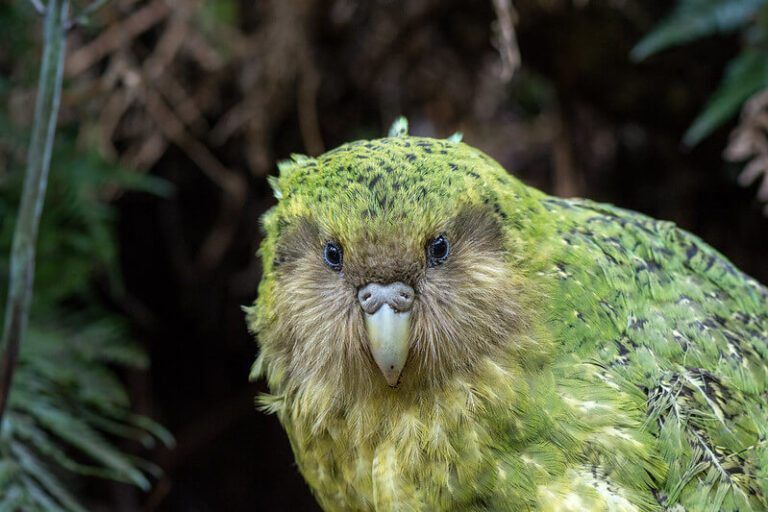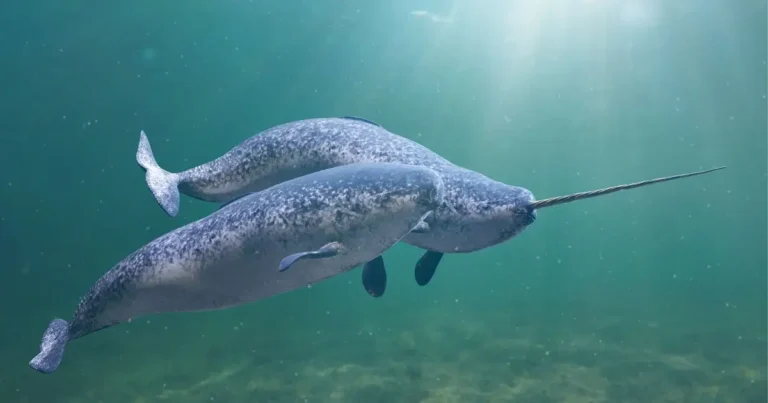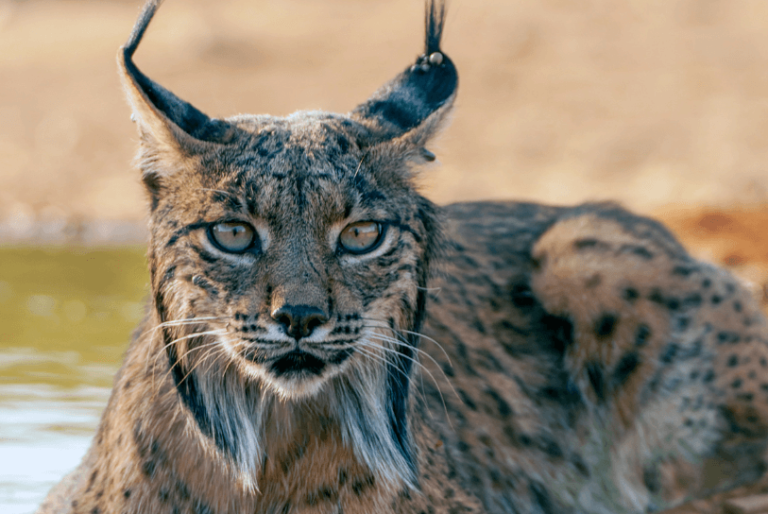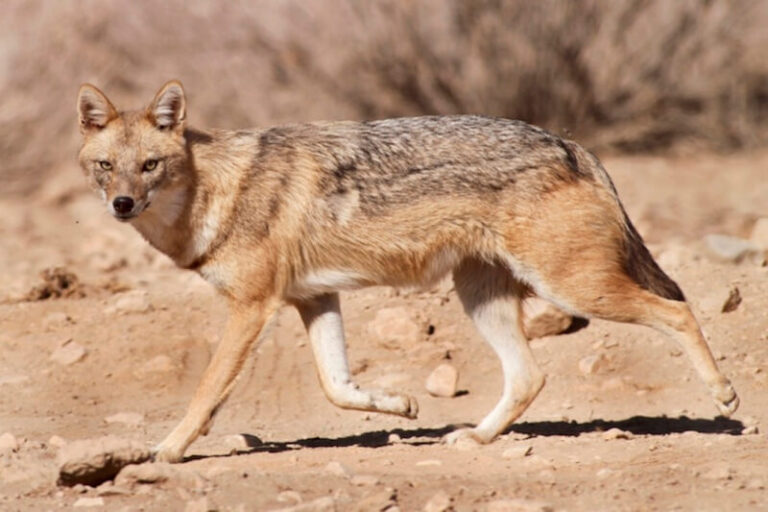Uakari: An In-Depth Look at a Unique Primate
The Uakari (pronounced wah-KAR-ee) is a fascinating and unusual primate known for its striking appearance and distinctive social behaviors. Found in the lush rainforests of the Amazon Basin, these monkeys have adapted to thrive in their tropical environment. This article will delve into the Uakari’s scientific classification, physical characteristics, habitat, behavior, diet, reproduction, predators, conservation status, evolutionary history, interesting facts, and its relationship with humans.
Contents
Scientific Classification
- Kingdom: Animalia
- Phylum: Chordata
- Class: Mammalia
- Order: Primates
- Family: Pitheciidae
- Genus: Cacajao
- Species: There are four recognized species of Uakari:
- Cacajao calvus (Bald Uakari)
- Cacajao home
- Cacajao melanocephalus
- Cacajao ayres
Each species exhibits slight variations in physical appearance and habitat preferences, though they all share core behavioral traits.
Physical Characteristics

The most striking feature of Uakaris is their bright red faces, which are especially prominent in the Bald Uakari. This unique trait is due to the thinness of their skin, allowing the blood vessels beneath to show. Uakaris have short tails, differentiating them from many other monkeys in the Amazon, as they rely more on their strong limbs for movement.
- Size: Uakaris are medium-sized primates, ranging from 35 to 57 centimeters (13 to 22 inches) in body length, with tails usually shorter than 15 cm (6 inches).
- Weight: They weigh between 2.5 to 3.5 kilograms (5.5 to 7.7 pounds).
- Fur: Uakaris have thick, woolly fur that ranges from reddish-brown to black, helping them stay warm in cooler parts of their range.
Habitat
Uakaris are native to the Amazon Basin, primarily in Brazil, Peru, and Colombia. They inhabit flooded forests (known as varzea forests) and terra firme forests (non-flooded areas). They prefer areas with seasonal flooding, which offers them a diverse range of fruits, seeds, and other food sources.
Uakaris are highly arboreal and spend most of their lives in the trees, rarely descending to the forest floor. They are excellent leapers, using their strong legs and arms to move between branches.
Behavior

Uakaris are social animals that live in groups called troops, which can vary in size but typically consist of 10 to 30 individuals. In some cases, larger groups of over 100 individuals have been observed. These primates are diurnal, meaning they are active during the day and rest at night.
They communicate through vocalizations, body language, and facial expressions. Their red faces also serve as a social signal, with brighter red faces indicating better health and social status within the group.
Key Behavioral Traits:
- Group dynamics: Highly social, living in multi-male, multi-female groups.
- Vocalization: Use a range of calls to communicate, especially alarm calls to warn of predators.
- Territoriality: Uakaris defend their territory from other groups, though they are not particularly aggressive.
Diet
Uakaris are primarily frugivores, meaning their diet consists mostly of fruit. However, they eat seeds, leaves, flowers, and small insects. Their powerful jaws and large, sharp teeth allow them to crack open hard-shelled fruits and seeds, which many other animals cannot access.
- Favorite foods: Unripe fruits and seeds from trees like the fig tree.
- Feeding habits: Uakaris spend a large portion of their day foraging, often traveling long distances in search of food.
Reproduction
Uakaris have a slow reproductive rate, with females giving birth to a single infant every two to three years. The gestation period lasts around six months, and the young are cared for by the mother for an extended period. Uakari infants depend highly on their mothers, clinging to their fur and learning essential survival skills by watching and imitating.
- Breeding season: There is no specific breeding season, as Uakaris can reproduce year-round.
- Parental care: Females are primarily responsible for caring for the young, though males may also help in some cases.
Predators
The Uakari’s predators include large birds of prey like the harpy eagle and land predators such as jaguars and ocelots. Their red faces may serve as camouflage in their lush, green environment, blending into the brightly colored fruits and foliage around them.
When threatened, Uakaris rely on their agility to escape predators, using the trees to stay out of reach. They also issue loud alarm calls to alert other group members to danger.
Conservation Status
The IUCN classifies Uakaris as vulnerable, with some species, such as the Bald Uakari, listed as endangered. Habitat loss due to deforestation, illegal hunting, and the pet trade threaten Uakari populations.
Efforts are underway to protect their habitat by establishing national parks and reserves. Still, conservationists stress the importance of protecting the Amazon rainforest to ensure the Uakari’s survival.
Interesting Facts
- The red face of the Bald Uakari is a sign of health. If a Uakari’s face appears pale, it is often a sign of illness.
- Uakaris have strong social bonds within their groups and spend time grooming one another, which helps to strengthen these bonds.
- Unlike many monkeys, Uakaris have short tails, which are not prehensile, meaning they cannot use them to grasp objects.
Evolutionary History
Uakaris belong to the family Pitheciidae, which includes other seed-eating monkeys like sakis and titis. Fossil evidence suggests that these monkeys have evolved over millions of years to thrive in the Neotropical forests of South America. Their short tails and strong jaws are adaptations that have enabled them to exploit the specific resources of their environment, such as hard-shelled fruits.
Relationship with Humans
Uakaris have been hunted by local indigenous groups for food, but they are not typically kept as pets due to their complex social needs and specialized diets. Some tribes believe that Uakaris have spiritual significance, and their red faces are often linked to health and vitality in local folklore.
Today, Uakaris are gaining attention in ecotourism as people become more interested in observing these unique primates in their natural habitat. However, deforestation and human encroachment continue to threaten their populations.
Conclusion
The Uakari is a remarkable primate that is crucial to the Amazonian ecosystem. Its bright red face, strong social bonds, and frugivorous diet make it a unique and vital part of the rainforest. However, like many species in the Amazon, Uakaris face an uncertain future due to habitat destruction and hunting. Conservation efforts to protect their environment are essential for ensuring these monkeys continue to thrive in the wild for generations.
- Are Rottweilers Good With Kids? Reasons & Training Tips - 17 September 2025
- How Long Are Dogs Pregnant: Complete Guide - 16 September 2025
- German Shepherd Doberman Mix: Info, Pictures, Care & More - 11 September 2025


